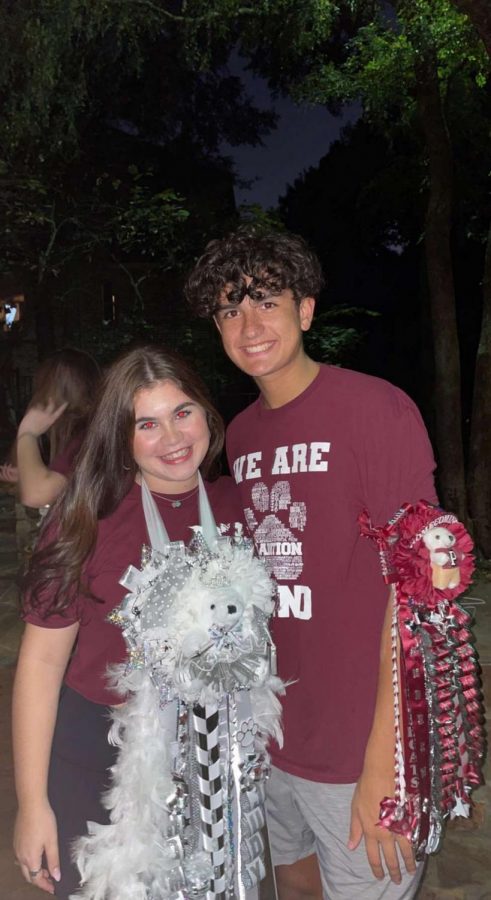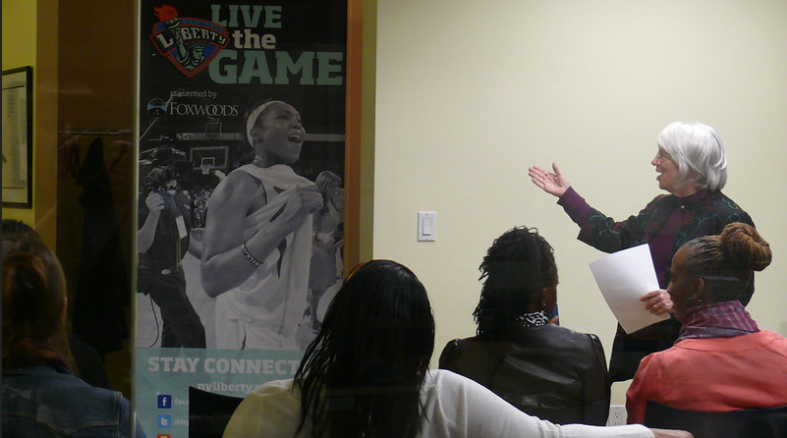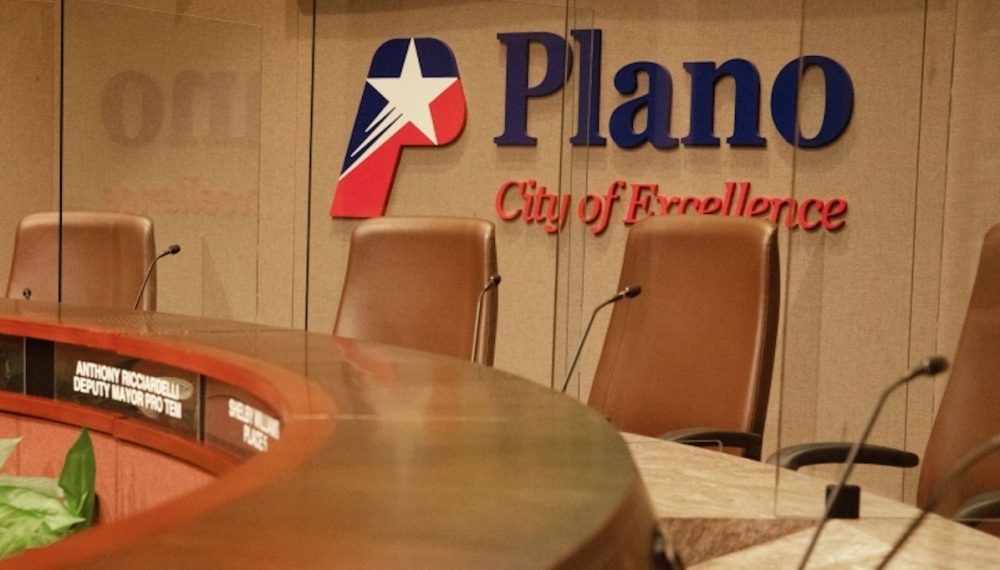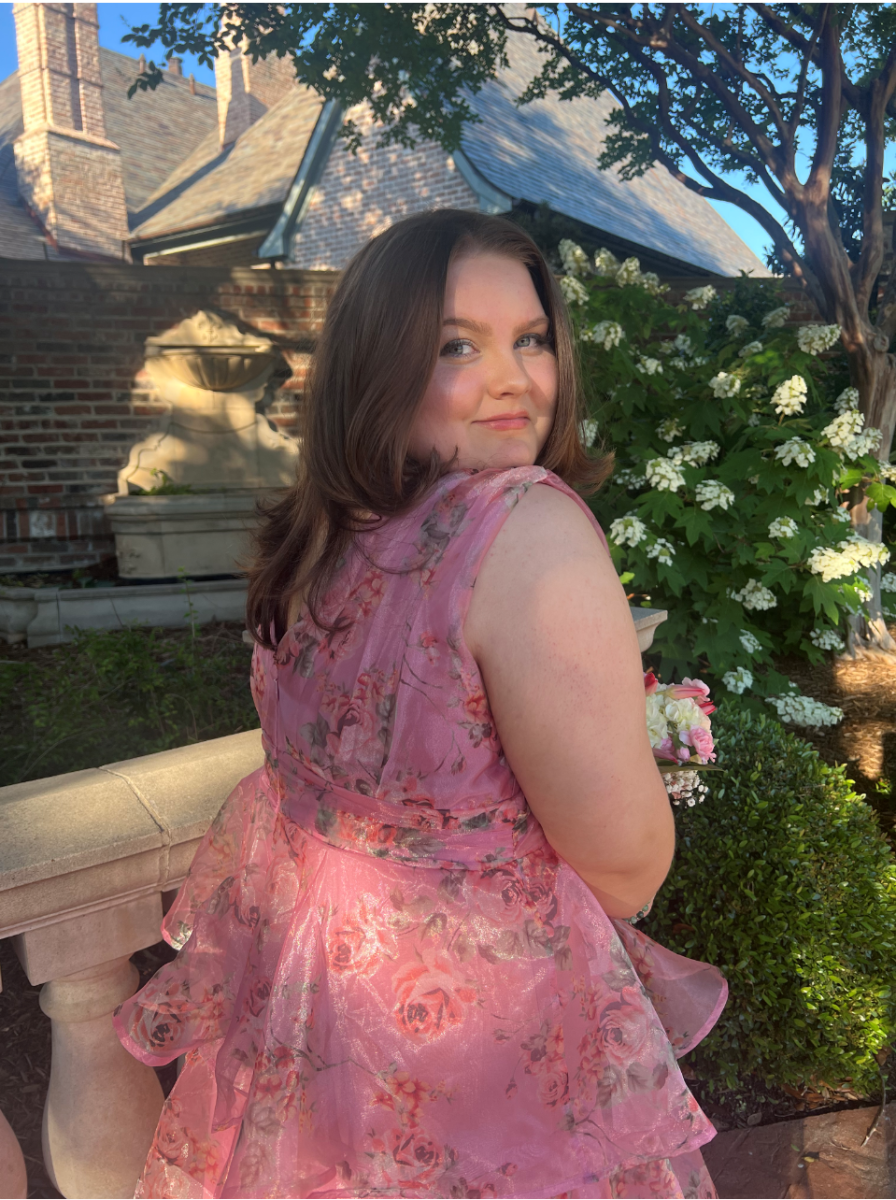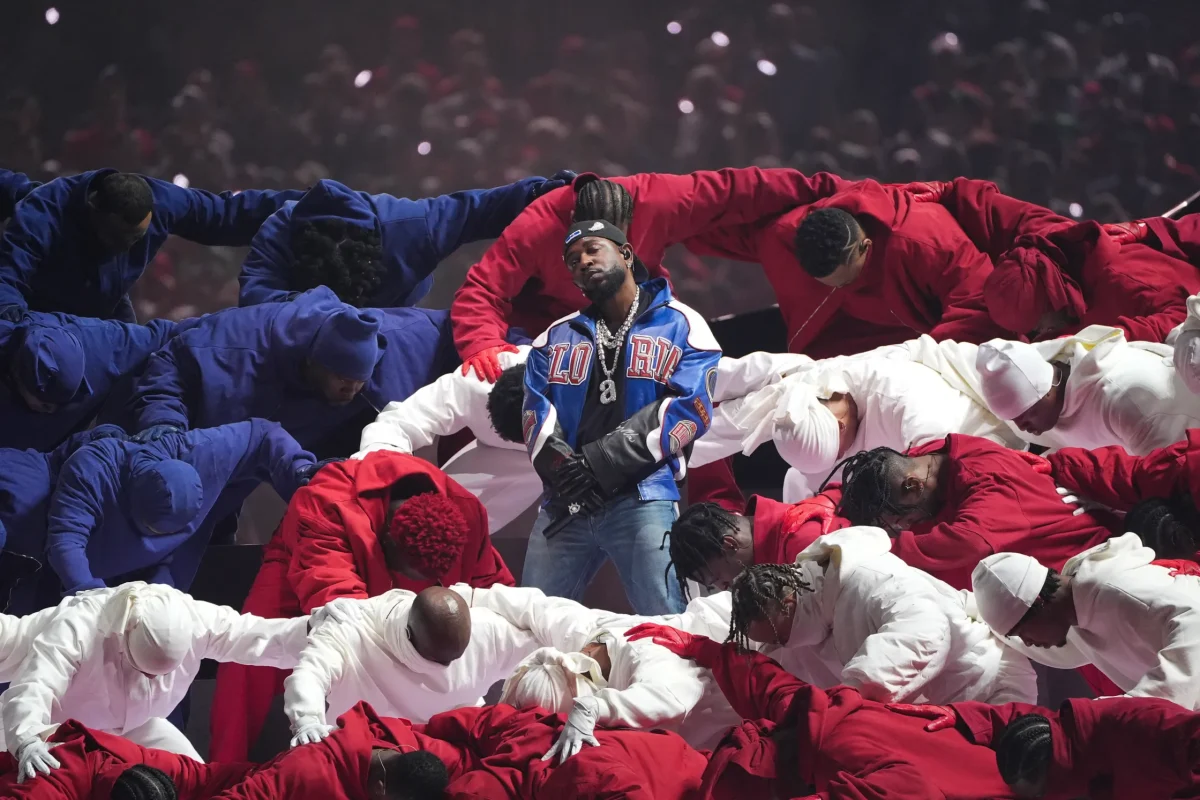The week of April 15, pro-life protestors from the group Abolish Human Abortion stood outside various buildings and interacted with students, taping some footage and uploading it to YouTube. Some featured students were unhappy with the videos, and are still trying to get them taken down after YouTube refused to. As social media and modern technology continue to facilitate the sharing of ideas around the world, students must be more conscious of their actions and surroundings than before in order to avoid being portrayed unfavorably on the Internet.
A stranger snaps a photo of a person in a public location and uploads it to Instagram. A few hours and hashtags later, millions could have seen and shared the photo. As long as the photographer was not infringing on the subject’s reasonable expectation of privacy, and the photo doesn’t reveal any private facts or false information about the subject that would be offensive, the subject legally cannot do anything to remove the photo. Photos like these can be taken anywhere considered public – parking lots, streets, government buildings, school and college campuses. Many privately-owned establishments such as restaurants, bars or retail stores are considered public because the public is invited into them, and photography is allowed unless it is clearly posted otherwise. The subject cannot argue that “I did not give consent”. The consent is the photographer’s to give, and any disapproval with the photo is the subject’s own bitter pill to swallow.
The number of people information can reach is only increasing. In 2012, the Huffington Post reported that every day, 250 million photos were uploaded to Facebook and 175 million tweets were sent. In six months, the average number of mobile visitors on Instagram every day increased from 886,000 to 7.3 million, a 724 percent leap. Cisco Systems projected that by 2016, the number of smartphones and tablets used worldwide will outnumber the estimated world population. Today, the “public” is no longer just the neighbors down the street – it’s an audience of millions across multiple continents.
It isn’t that students should be afraid of social media; its interconnectedness and speed can help spread positive messages and useful ideas. However, at the same time, it is easier than ever to lose grip on conventional privacy and end up dismayed, should unflattering footage of individuals somehow end up on social media networks. Students today simply need to know what is at stake and always act rationally as they go about their day in public, keeping in mind that permission is not always asked before a photo or video of them is shared.



